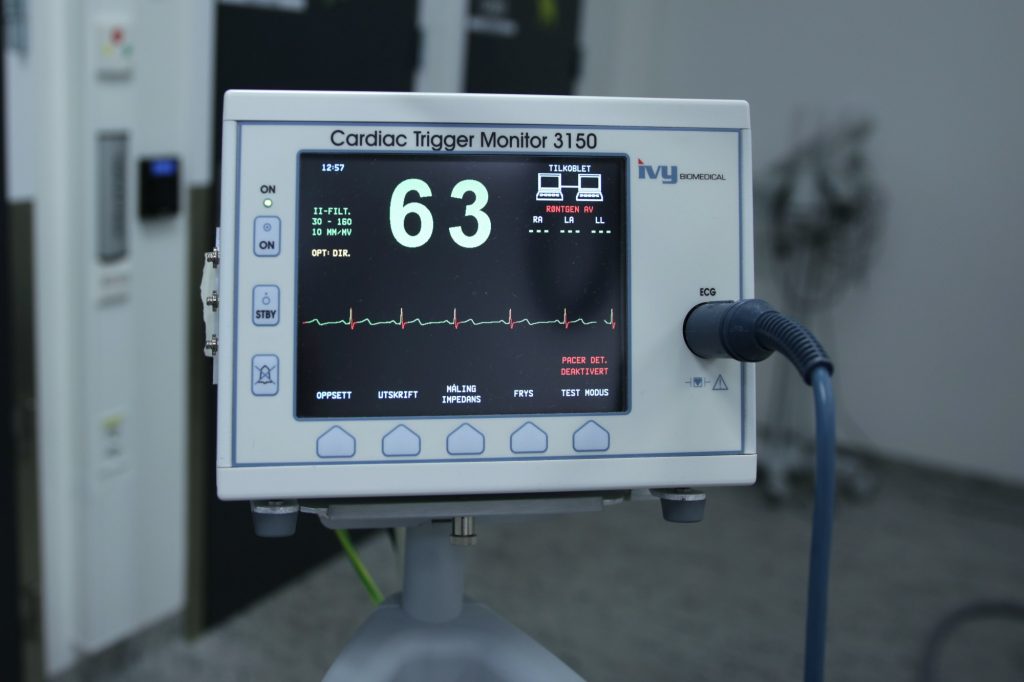How Are Medical Devices Classified in the US?
You are not left to your own devices. In medicine, everything is carefully regulated and analyzed. You have room for creativity, but you have to follow the rules.
Medical devices go through a rigorous process of testing and classification. The process is so rigorous that some doctors don’t know how it takes place.
But you can become an expert. Read this guide on the types of medical devices in the United States.
The Basics of a Medical Device
Every medical device must need a clinical need. Many devices meet a need that other devices share. The device just has to do a better job of fulfilling the need.
Innovators partner with several people before they go to the Food and Drug Administration. They consult with a manufacturer on this page about their device’s design. They make their device as efficient as possible, going through several different versions of it.
Once their design is complete, they determine their device’s intended use and indications for use. Intended use is the function and general purpose of the device, while indications for use are the medical conditions the device will treat. Intended use and indications for use are crucial in determining what classification a medical device falls under.
The Types of Medical Devices
The Food and Drug Administration approves of all medical devices in the United States. They have three different types of medical devices.
Class I devices are not intended to support or sustain life. They do not present a high risk of injury, and they have a low impact on a patient’s overall health. Examples of Class I devices include oxygen masks, tongue depressors, and bandages.
Class II devices have more sustained contact with patients. They may impact a patient’s cardiovascular or nervous system. Examples include syringes, surgical gloves, and catheters.
Class III devices support and sustain life. They are implanted into the body or connect to crucial organs, like the heart or brain. Examples include pacemakers and prosthetics.
Controls for Medical Devices
Controls regulate the three types of medical devices. Every doctor and manufacturer must follow them.
All three classes must follow General Controls. General Controls are basic provisions that ensure the safety of devices. They regulate false labeling, banned substances, and proper reporting.
Class II devices must follow Special Controls. Special Controls establish more security, with tighter guidelines and higher performance standards.
Class III devices must receive PMA approval. An inventor must submit a complete application in which they describe their device in detail. They must supply scientific data supporting their device, and they must detail its marketing history.
Become a Medical Expert
You are in a class of your own. Medical devices are less unique.
There are three types of medical devices. The device’s intended use and risk to human life determine which type it falls into. Every device must follow general guidelines for safety, and guidelines get stricter the riskier the device is.
Medical devices are always coming on the market. Follow our coverage so you can keep up with the latest innovations.


